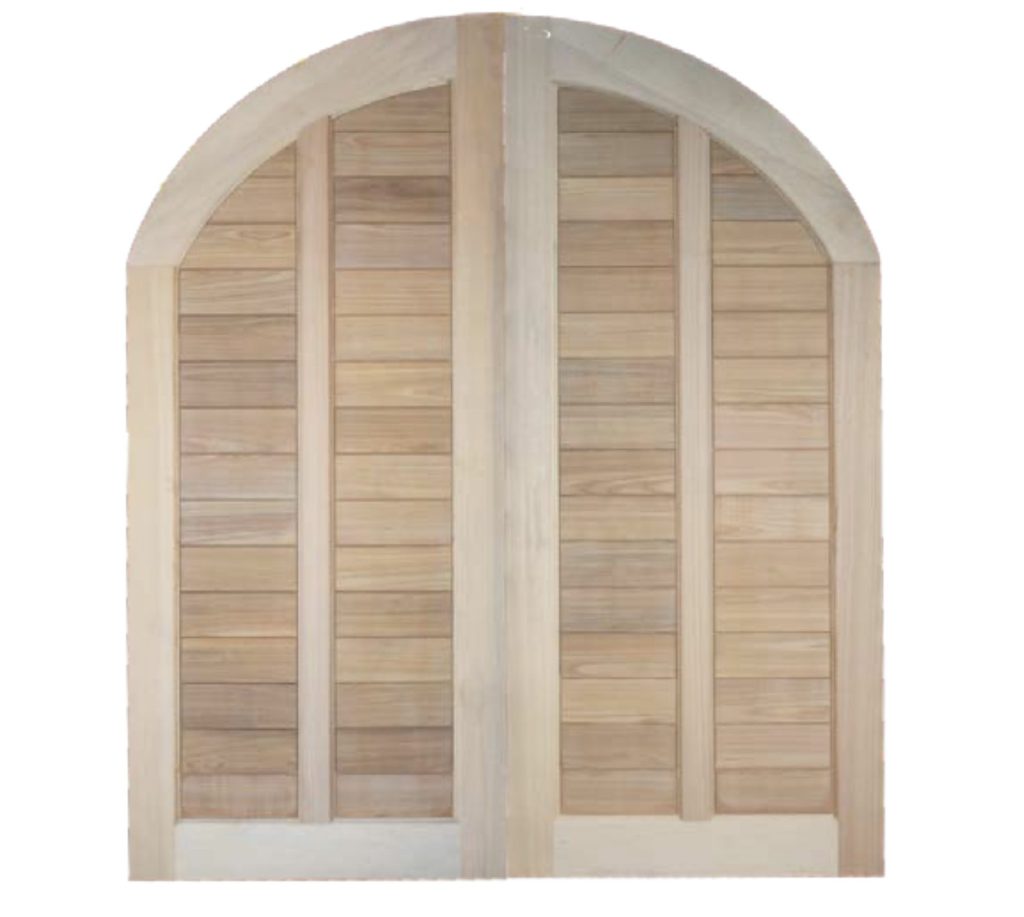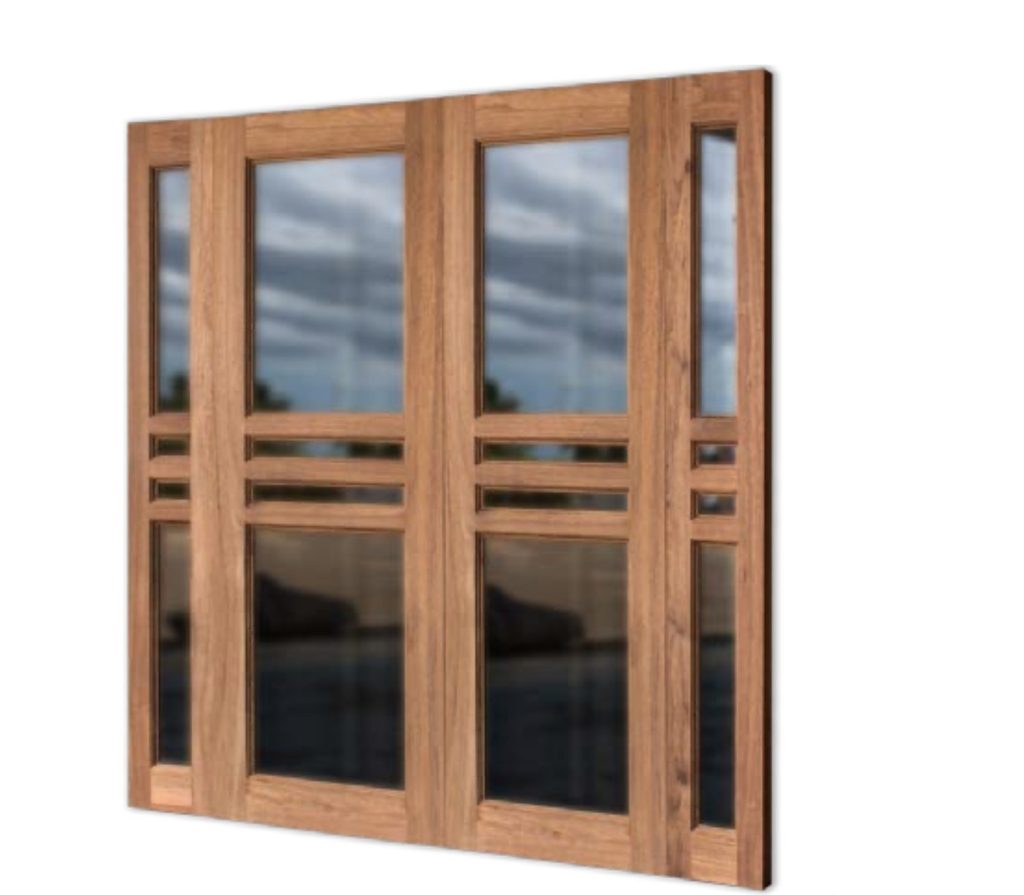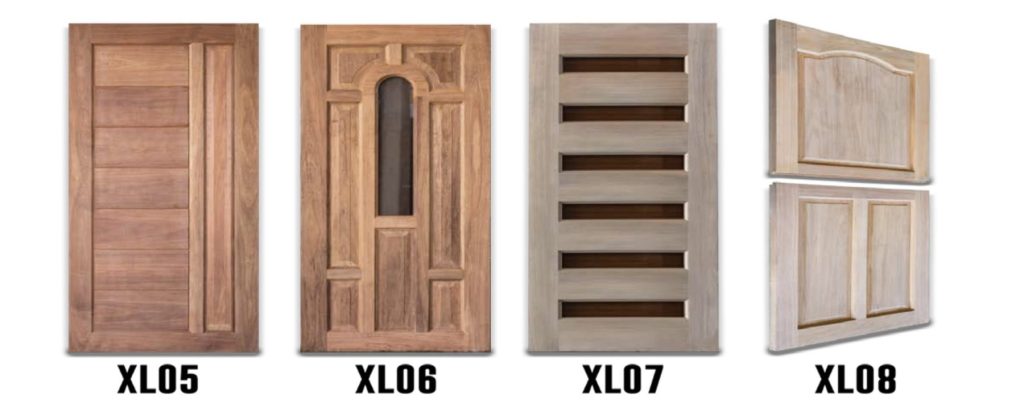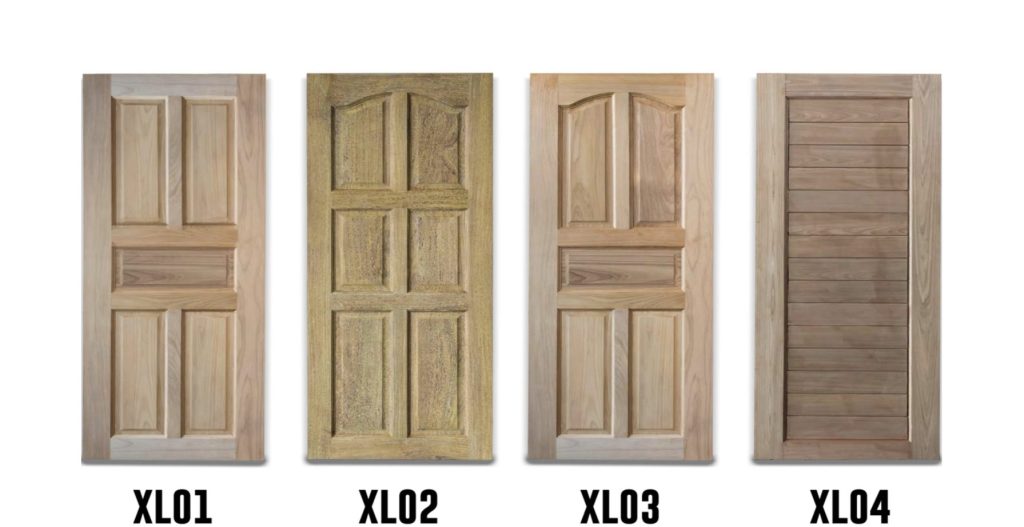DOORS
Doors are used as front door, room door, garage door, etc. These are made of various types of wood such as: Basralocus, Ingipipa , Soemaroeba , Yellow kabbes , Cedar. The wood is kiln dried. If the door is used as a front door (outdoor use), it is recommended to give it a protective layer because it is often exposed to the weather.
This can be done by, for example, varnishing it or giving it a desired color. Unless desired, this is not necessary if the door is used indoors, eg as a room door, connecting door, etc., because it is not exposed to the weather. We manufacture doors for interior and exterior uses using tropical hardwood and softwood.



